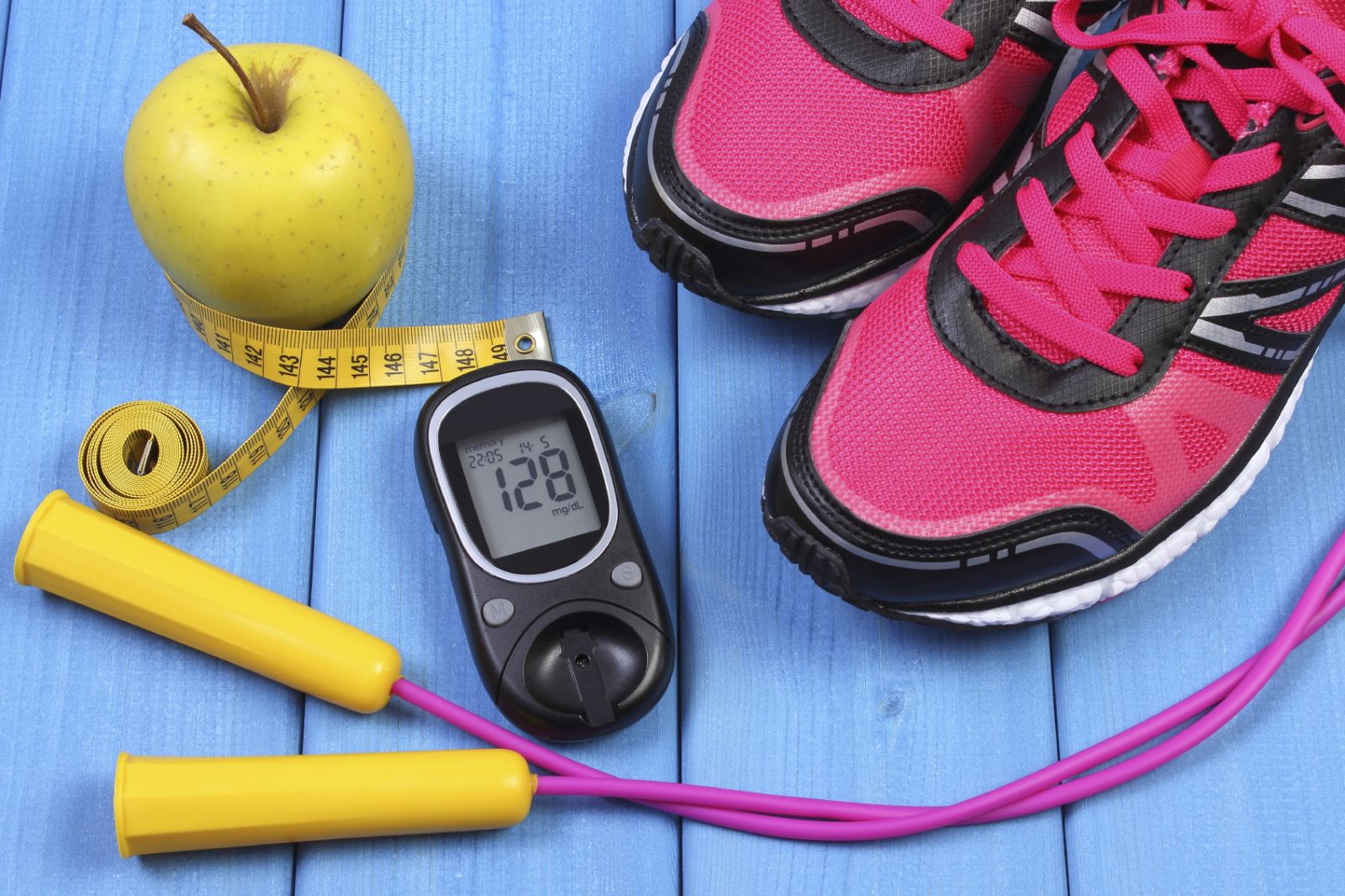Diabetes is a chronic disease that affects millions of people worldwide. Uncontrolled cases can cause blindness, kidney failure, heart disease and other serious conditions. But by certain lifestyle changes can help you to prevent and control diabetes so that you can live your life to the fullest.
Below are top 5 ways to control and prevent diabetes.
1. Regular Exercise
People with diabetes are encouraged to exercise regularly for better blood sugar control and to reduce the risk of cardiovascular diseases.The reason for this is that muscles which are working use more glucose than those that are resting.Muscle movement leads to greater sugar uptake by muscle cells and lower blood sugar levels.Additional benefits of exercise include a healthier heart, better weight control and stress management.
If you stay fit and active throughout your life, you’ll be able to better control your diabetes and keep your blood glucose level in the correct range. Controlling your blood glucose level is essential to preventing long-term complications, such as nerve pain and kidney disease
Additionally, there are all the traditional benefits of exercise:
- Lower blood pressure
- Better control of weight
- Increased level of good cholesterol (HDL)
- Leaner, stronger muscles
- Stronger bones
- More energy
- Improved mood
- Better sleep
- Stress management
2. Healthy eating
Whether you are living with diabetes or not, eating well is important.
The foods you choose to eat in your daily diet make a difference not only to managing diabetes, but also to how well you feel and how much energy you have every day.
How much you need to eat and drink is based on your age, gender, how active you are and the goals you are looking to achieve.
Portion sizes have grown in recent years, as the plates and bowls we use have got bigger. Use smaller crockery to cut back on your portion sizes, while making the food on your plate look bigger.
No single food contains all the essential nutrients you need in the right proportion. That’s why you need to consume foods from each of the main food groups to eat well.
No single food contains all the essential nutrients you need in the right proportion. That’s why you need to consume foods from each of the main food groups to eat well.
3. Healthy cooking oil
There’s a lot of confusion when it comes to the type of cooking oil that you should use for daily use and especially if you are suffering from a lifestyle disease like heart trouble or diabetes where your diet plays a major role in managing the ailment. There are so many varieties and blends available in the supermarket that it is natural to feel overwhelmed. Here’s a way out. Wellness Expert Dr. Shikha Sharma tells us, “To ensure optimal fat quality the use of a combination of vegetable oils is important. You could juggle between butter, ghee, olive oil, mustard oil, soyabean, sesame or even groundnut oil for different meals. Depend more on unrefined (Kachi Ghani) or cold pressed oils versus refined oils.” When it comes to diabetes, it is very important to keep a check on your diet as your blood sugar levels are directly affected by what you eat. It helps to know that, in this case, a particular cooking oil may be better off than the other.
4. Be Stress free
Diabetes management is a lifelong process. This can add stress to your daily life. Stress can be a major barrier to effective glucose control. Stress hormones in your body may directly affect glucose levels. If you’re experiencing stress or feeling threatened, your body reacts. This is called the fight-or-flight response. This response elevates your hormone levels and causes your nerve cells to fire.
During this response, your body releases adrenaline and cortisol into your bloodstream and your respiratory rates increase. Your body directs blood to the muscles and limbs, allowing you to fight the situation. Your body may not be able to process the glucose released by your firing nerve cells if you have diabetes. If you can’t convert the glucose into energy, it builds up in the bloodstream. This causes your blood glucose levels to rise.
Constant stress from long-term problems with blood glucose can also wear you down mentally and physically. This may make managing your diabetes difficult.
5. Regular check blood sugar levels
Testing blood glucose (sugar) is an essential part of your diabetes care plan. Depending on your current condition, you may need to visit your doctor several times a year for formal testing. You may also need to go to your doctor for preventive testing, such as cholesterol checks and eye exams.
While staying in touch with your doctor is important for staying on top of your treatment plan, you can and should test your blood sugar on your own, as long as your healthcare team advises you to.
Self-monitoring your blood glucose may be vital to your treatment. Testing your own levels allows you to learn your blood sugar and manage it no matter the time of day or where you are.
Learn how these tests work, and talk to your doctor about the benefits of self-monitoring.


Comments
Post a Comment